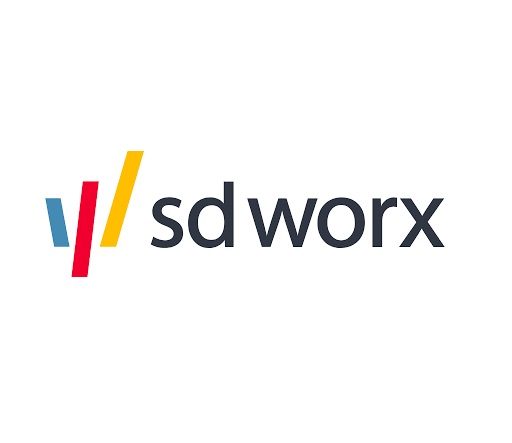AI and Data Analysis - Introduction
In today’s marketing world, data is everywhere — but insight isn’t. AI is can help bridge that gap. Instead of spending too much time on excel. Being able to ask that "extra" question that's not in t…
In today’s marketing world, data is everywhere — but insight isn’t. AI is can help bridge that gap. Instead of spending too much time on excel. Being able to ask that "extra" question that's not in the official dashboard. AI lets marketers ask smarter questions and get faster, deeper answers. That's the goal.
With so many possibilities in analysis, it's important to take a step back first and look at the "What happened". The facts, the metrics. Look at the official dashboards. the kpi's, the goal of a channel, campaign, ... before diving in to the analysis.
The next step could then be taking a deep dive in the "Why". For strategic projects it could be with the help of a human Analyst. For smaller projects it could be with the help of an AI Analyst. (Eg PowerBI copilot)
How to Use AI in Data Analysis
- Speed up exploration: Let AI summarize dashboards or highlight key changes so you spend more time on strategy.
- Identify hidden patterns: Use AI-driven anaysis to find patterns you didn't know off. To inspire you.
- Automate the boring work: Let AI handle data cleaning, report generation, and first-pass insights — freeing you to focus on storytelling.
- Support decisions, not make them: Use AI outputs as a starting point for discussion, not a final answer.
How Not to Use It
- ❌ Blind trust: AI sees correlation, not context — always validate insights against business logic.
- ❌ Over-automation: If you automate reporting without understanding the “why,” you risk scaling wrong assumptions.
- ❌ Ignoring data quality: AI is only as good as the data you feed it; bad inputs = confident nonsense.
- ❌ Losing the human touch: Great marketing still depends on empathy, real insights creativity, and brand judgment — AI can’t replace that.
How did we do?
AI Capabilities in our MarTech stack
